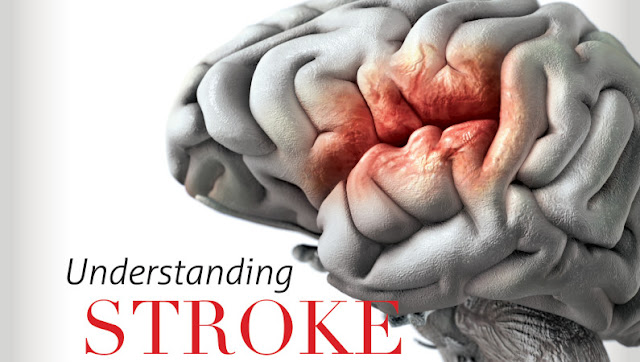Brain stroke or acute brain attack, as neurologists would
like stroke to be understood by the public at large is an important
cause of death and disability worldwide. It is the third most important
cause of death and the most common cause of acquired disability.
Broadly speaking, two types of stroke exist. Nearly 80% of
strokes are on account of impaired blood supply to the brain,
resulting in the death of nerve cells in the affected area. The
remaining 20% of strokes are due to bleeding into the brain which
damages the brain by releasing toxic substances and by compression and pressure
effects on the brain.
Symptoms
The symptoms of a brain stroke range from weakness in
one-half of the body, blurred vision, speech impairment and incontinence
to loss of balance and difficulties with memory and higher mental function. It
is critical that we are aware of the early warning signs and symptoms of stroke
and seek treatment at a hospital which is equipped with facilities such
as CT scan and MRI, ICU as well as neurological
and neurosurgical expertise round the clock. The reason to act fast
when a stroke is suspected is because for every second that a brain stroke is
untreated, 1.4 million neurons are irreversibly lost, for every hour that passes
without treatment, the brain ages 3 years; and a very efficacious clot buster
treatment which dissolves the clot that has cut off blood supply to the brain
is safe and effective only within the first 4.5 hours after onset of
symptoms. The earlier the treatment is started after symptom onset, the more
effective and safe it is for the patient.

No comments:
Post a Comment